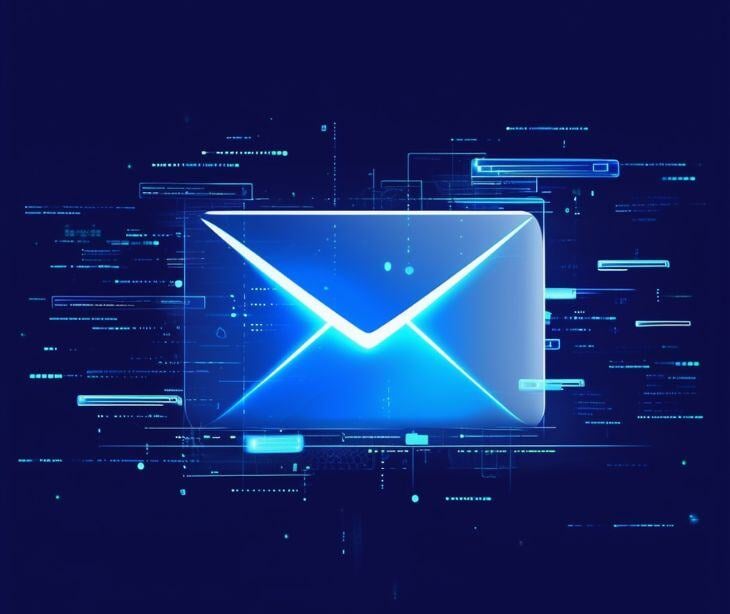
Email interventions can help providers send self-management tips to individuals living with bipolar disorder.
Bipolar disorder and self-management
The Substance Abuse and Mental Health Services Administration states, “Bipolar disorder is a serious mental illness that causes unusual shifts in mood, ranging from extreme highs (mania or “manic” episodes) to lows (depression or “depressive” episode).”
A person who has bipolar disorder also experiences changes in their energy, thinking, behavior, and sleep. During bipolar mood episodes, it is difficult to carry out day-to-day tasks, go to work or school, and maintain relationships.
According to the Depression and Bipolar Alliance, “bipolar disorder affects approximately 5.7 million adult Americans, or about 2.6% of the U.S. population age 18 and older every year.”
Self-management involves individuals taking an active role in managing their symptoms, treatment, and overall mental health. This may include adhering to medication regimens, attending therapy sessions, practicing healthy lifestyle habits, and recognizing and responding to early signs of mood changes.
A systematic review of self-management in bipolar disorder lists the following self-management strategies:
- Ongoing monitoring
- Maintaining hope
- Education
- Planning for and taking action
- Relaxation
- Maintaining a healthy lifestyle
How email interventions can be beneficial
1. Ongoing monitoring
Regularly tracking mood fluctuations and potential triggers can help manage bipolar disorder effectively.
Email interventions can provide structured prompts and tools for individuals to monitor their moods. For example, a woman diagnosed with bipolar disorder could benefit from keeping track of her mood fluctuations and identifying triggers that would worsen her symptoms.
Daily email reminders would prompt her to assess her mood and note any significant events or stressors. If the reminders are automated, they could serve as a more consistent reminder in her mood-tracking efforts. This could help her detect early warning signs of mood shifts and take proactive steps to maintain stability.
2. Maintaining hope
Email interventions can deliver motivational messages, inspirational stories, and success stories from peers who have overcome similar challenges.
3. Education
Email can include educational content about the nature of bipolar disorder, treatment options, coping strategies, and self-management techniques. The information can include topics like the biological mechanisms behind mood fluctuations or different medication options and their potential side effects.
4. Effective planning
Providers can develop personalized plans to help patients set realistic goals and implement coping strategies. Regular email check-ins can also help individuals stay accountable and make adjustments to stay on track.
5. Relaxation
Email interventions can deliver resources on relaxation techniques like deep breathing exercises, mindfulness meditation, progressive muscle relaxation, and guided imagery. This could also encourage individuals to incorporate these practices into their daily routines to promote relaxation and reduce stress levels.
6. Maintaining a healthy lifestyle
Email interventions can provide tips, resources, and encouragement for maintaining a healthy lifestyle. For example, providers can use reminders to prioritize sleep hygiene, suggestions for nutritious meals or motivational messages to engage in physical activity. This could support individuals in making positive lifestyle choices that contribute to mood stability and overall well-being.
Personalized emails in bipolar disorder management
Providers can send personalized emails to help patients manage bipolar disorder. These emails can be tailored to include educational resources, coping strategies, and motivational messages that resonate with specific patient demographics.
For example, younger patients might receive emails containing interactive tools or apps to track mood fluctuations, while older patients may benefit from resources on comorbid health conditions.
However, personalized emails containing sensitive patient data must be HIPAA compliant. Providers can safeguard protected health information (PHI) using a secure communication platform like Paubox. This helps providers save time and effort by optimizing communication workflows.
FAQs
How can email interventions support self-management in bipolar disorder?
Email interventions can provide tools, resources, and support to help individuals with bipolar disorder monitor their mood, learn coping strategies, adhere to treatment plans, and make lifestyle changes conducive to mood stability.
What types of education can individuals receive through email interventions for bipolar disorder?
Individuals can receive education about the nature of bipolar disorder, treatment options (including medication and therapy), coping strategies, and self-management techniques to maintain their overall well-being.
What can providers do to ensure emails meet HIPAA compliance standards?
Providers can maintain HIPAA compliance by implementing rigorous security measures, conducting regular staff training on compliance, and obtaining patient authorization before sharing any protected health information (PHI) via email.
Subscribe to Paubox Weekly
Every Friday we'll bring you the most important news from Paubox. Our aim is to make you smarter, faster.




